Windsor Assembly Plant Readying For Extensive Renovation
FCA US’ Windsor Assembly Plant is about to undergo the most extensive renovation since the 1980s, all to ready the plant for the automaker’s new minivan.
Detroit Free Press reports the plant will be shutdown for 14 weeks between mid-February through late May so that 1,500 employees and 50 contractors remake 80 percent of the 4.4-million-square-foot facility prior to the June 2015 pilot production of a next-gen Chrysler minivan that will carry on the minivan legacy once the Dodge Grand Caravan is discontinued.
Supply of current-gen minivans are expected to last until production resumes later this spring, the result of a six-day-a-week run during the second half of 2014 per plant manager Michael Brieda. As of December, FCA US has a 78-day inventory of the Chrysler Town & Country and a 67-day inventory of the aforementioned Grand Caravan.
Renovations include 822 new robots and a “skillet” line that allows floor workers to bring a body shell down or up to their height. The overhaul is part of a $2 billion investment meant to bolster the fortunes of both the automaker and the city of Windsor, Ontario, where the iconic vehicle has been assembled since 1983.
Seattle-based writer, blogger, and photographer for many a publication. Born in Louisville. Raised in Kansas. Where I lay my head is home.
More by Cameron Aubernon
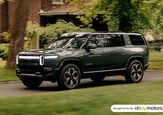


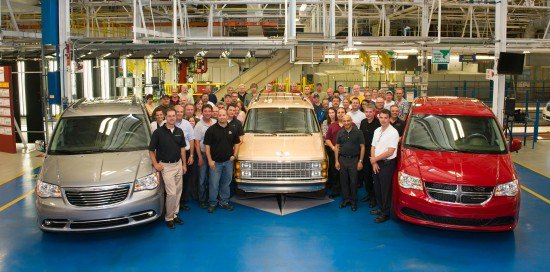















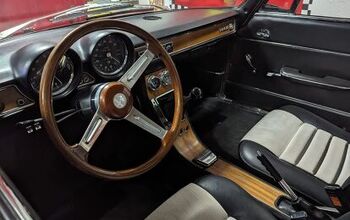

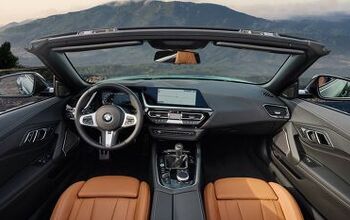
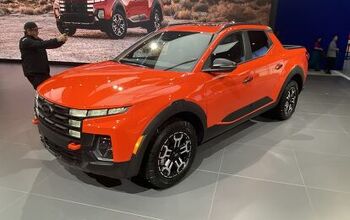
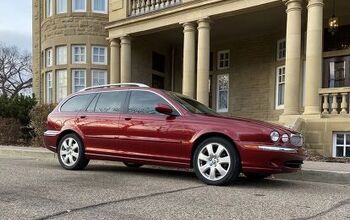
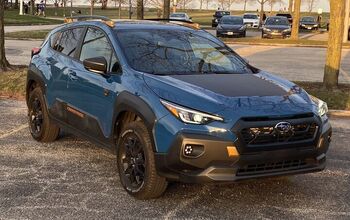
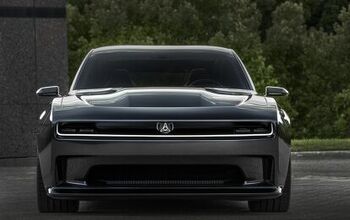
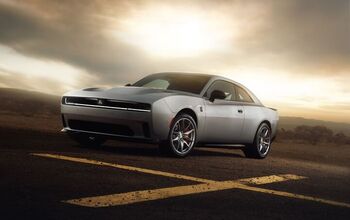
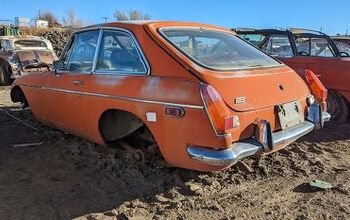

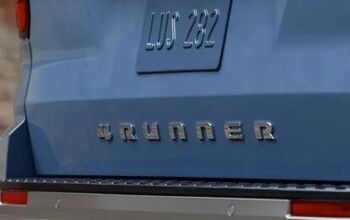



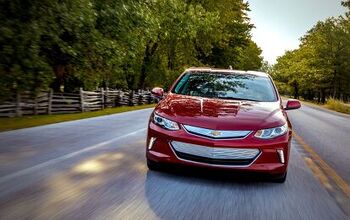
Comments
Join the conversation
Anyone else struck by just how mini that 1984 Dodge Caravan looks between the two current vans? A minivan might be just as revolutionary today as it was then.
Let's hope that Sergio's decision to take the van 'upmarket', available only as a Town & Country does not throw a monkey wrench into these plans.
The Freep link in the article is broken, btw.
I'm guessing now that the Canadian dollar has collapsed to 80 cents US, Canada is no longer the most expensive place in the world to build a car.